#Milky_Way
Explore tagged Tumblr posts
Text

#star#estrella#energy#bright#light#metaverso#http://aabon35.blogspot.com ⚫️#http://arubio28814.blogspot.com#heat#Milky_Way#gpt#opensea#big#cosmos#ai#universe#NFT#ia#darling#fleeting#x#tiktoklive#bard#galaxy#tiktokvideo#planet#tiktokersleaks#chat#tiktok#new
15 notes
·
View notes
Link
Research shows that some Milky Way star clusters did not form within the galaxy, but appear to have been "stolen" from other galaxies According to recent research in astronomy, most large galaxies arose from the merger of small galaxies. This means that some star clusters currently in the Milky Way may have been inherited from absorbed galaxies, or even "stolen" from neighboring galaxies such as the Magellanic Clouds. The first connections between these clusters and different host galaxies were discovered in the 1990s, but recent research has become increasingly informative, allowing the percentage of clusters stolen and which clusters were "stolen" to be determined. The Milky Way is adjacent to a large number of galaxies. This includes the famous Magellanic Clouds, as well as lesser-known ones such as the Fornax Dwarf Galaxy and the Antlia 2 Dwarf Galaxy. The discovery of streams of ruptured clusters driven by tidal forces has offered a possible explanation for why many star clusters in the Milky Way are similar in age while others are relatively young. Astronomers have suggested that these young clusters formed inside dwarf galaxies. [caption id="attachment_68895" align="aligncenter" width="768"] Milky Way[/caption] Over time, more and more evidence has been collected to support this argument. In 2002, the cluster NGC 5634 was discovered to be in a stream emanating from a dwarf galaxy in the constellation Sagittarius. Its motion and poor metal content also pointed to an origin in a dwarf galaxy. Since then, astronomers have found compelling evidence that several other star clusters are associated with this stream-torn galaxy. Among them: AM 4, Arp 2, Pal 12, NGC 2419, NGC 4147, Terzan 7, Terzan 8, Whiting 1. Meanwhile, other streams of broken dwarf galaxies have been discovered, including the Helm Stream, the Gaia-Enceladus Stream, and the Sequoia Galaxy. More associations with additional star clusters followed. In addition to the galaxies currently undergoing engulfment, astronomers have also suggested that some more intact dwarf galaxies orbiting the Milky Way could have contributed. how did star clusters from other galaxies end up in the Milky Way? In a recent series of papers, astronomers from the Iran University of Science and Technology have studied how various neighboring galaxies of the Milky Way can exchange clusters. In their first work, they built models of dwarf galaxies with star clusters in different orbits around the Milky Way to study how easily their clusters could separate from their host galaxy. They found that the percentage of such clusters varied from 12% to 93%. Clusters were most often "stolen" if they had elliptical orbits that reached the outskirts of their parent galaxies. However, more massive galaxies were better able to hold together their clusters. Based on this range, the paper suggested that at least two clusters could have been stolen from the Fornax galaxy, four from the Large Magellanic Clouds, two from the Small Magellanic Clouds, and fourteen from the Sagittarius dwarf galaxy. In the second paper, the researchers took a different approach and studied the orbital characteristics of 154 globular star clusters and compared them with the characteristics of 41 dwarf galaxies around the Milky Way and other tidally disrupted systems. They identified 14 clusters associated with the Sagittarius dwarf galaxy. However, their results disagree with other studies regarding exactly what kind of clusters these are. Five clusters previously associated with the Sagittarius dwarf galaxy, according to the authors, did not have sufficiently similar parameters to be considered “stolen.” However, they identified four new globular clusters not previously associated with the galaxy as having a high probability of originating in another galaxy, and six others with a lower probability. The study also found six clusters that likely formed in the Large Magellanic Cloud. As a result, their review notes that 29 of the known star clusters have properties similar enough to the dwarf galaxies considered to trace their connection. The authors acknowledge that their models are somewhat oversimplified because they do not fully account for the three-dimensional structure of dwarf galaxies. Thus, they leave it open for future research, which will include further study of the newly identified star clusters. These studies provide more evidence that the Milky Way's star clusters are not its population. They are a combination of clusters from other galaxies and clusters formed within satellite galaxies.
#astronomical#astronomy#celestial#Cosmic#cosmic_phenomena#galactic_center#galactic_neighborhood#Galaxy#galaxy_classification#galaxy_structure#Interstellar#Milky_Way#Milky_Way_Galaxy#Milky_Way_system.#Space#space_exploration#spiral_galaxy#stars
2 notes
·
View notes
Text

0 notes
Text

0 notes
Text
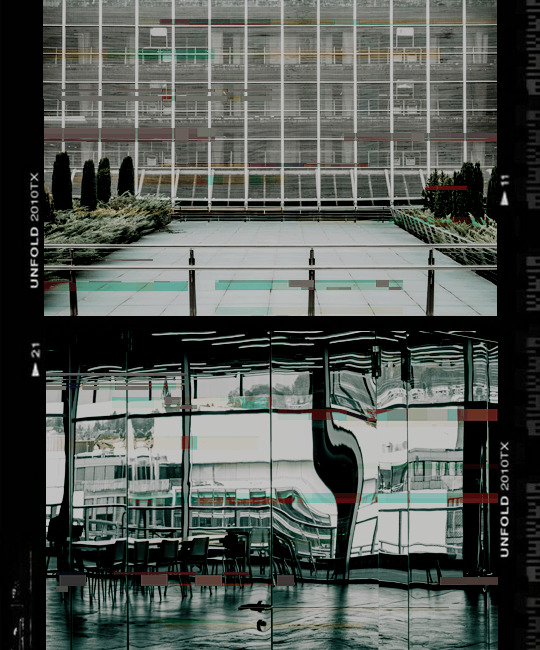
foundationhq event 001. preview
𝚘𝚛𝚒𝚎𝚗𝚝𝚊𝚝𝚒𝚘𝚗 𝚠𝚎𝚎𝚔.
𝑫𝒐𝒏'𝒕 𝒌𝒏𝒐𝒘 𝒊𝒇 𝒊𝒕'𝒔 𝒅𝒂𝒚 𝒐𝒓 𝒏𝒊𝒈𝒉𝒕; 𝒀𝒐𝒖 𝒈𝒐𝒕 𝒎𝒆 𝒃𝒍𝒐𝒘𝒊𝒏𝒈, 𝒃𝒍𝒐𝒘𝒊𝒏𝒈 𝒎𝒚 𝒎𝒊𝒏𝒅
Below are key clues to the upcoming event, [𝑂𝑅𝐼𝐸𝑁𝑇𝐴𝑇𝐼𝑂𝑁 𝑊𝐸𝐸𝐾], which will commence on MONDAY, FEBRUARY 19 to SUNDAY, FEBRUARY 25. Please feel free to use the FHQ Discord Server to speculate, plot, discuss! The full, declassified information will be disclosed when the event goes live.
𝐹𝑖𝑟𝑠𝑡 𝐼𝑚𝑝𝑟𝑒𝑠𝑠𝑖𝑜𝑛𝑠
𝐶𝑎𝑛𝑎𝑟𝑦 𝑖𝑛 𝑡ℎ𝑒 𝐶𝑜𝑎𝑙 𝑀𝑖𝑛𝑒
𝐹𝑒𝑡𝑡𝑢𝑐𝑐𝑖𝑛𝑒 𝐴𝑙𝑓𝑟𝑒𝑑𝑜
𝑅𝑜𝑙𝑙𝑖𝑛𝑔 𝐹𝑜𝑔
𝐺𝑜𝑜𝑑 𝐵𝑜𝑦
𝑆𝐶𝑖𝑃𝑁𝐸𝑇
𝑃𝑖𝑐𝑡𝑢𝑟𝑒 𝐷𝑎𝑦
𝐽𝑒𝑙𝑙-𝑂
𝐴𝑚𝑛𝑒𝑠𝑡𝑖𝑐𝑠
𝐵𝑒𝑛

[photo credits.]
Photo by Andrea De Santis on Unsplash Photo by Denis Oliveira on Unsplash SCiPNET Web Terminal by Milky_Way Photo by Olena Bohovyk on Unsplash
#fhq.plot#( hands on hips 'WHICH ONE OF YOU POSTED THIS ALREADY' )#( well..... ¯\_(ツ)_/¯)#( don't mind me as i format this )#[ .... 😞😣😩🥺 ]#fhq.plot.1.1
8 notes
·
View notes
Note
TRICK OR TREAT
uhhhhh hold on i have the bucket back in my house
so um you’re pretty late…
[item 1 Milky_Way] [item 2 Mars_Bar] [item 3 Trolli Crawlers]
these are the only ones we have left
0 notes
Text
:cyclone: :milky_way: :fire: :blue_heart: :eye:

💯🙏💛🟨👍
223K notes
·
View notes
Text

:tada: Welcome to Malo's Content Forge: Ignite Your Creativity and Win Big! :rocket:
Step into a realm where imagination knows no bounds – Malo's Content Forge awaits you! :milky_way:
:fire: What We Offer:
Thriving community of creators Unique XP rank system with PayPal rewards Exciting PayPal Giveaways Upcoming bot wonderland :robot: Self-promotion channel for your masterpieces Vigilant Moderators :shield: Boost perks, Custom Emojis, and more! :gem:
:star2: Introducing PayPal Invite Reward Competitions: :star2: Ready to elevate your game? Score big rewards by inviting pals through your unique link. Climb ranks, earn PayPal rewards, and during special competitions, win extra lavish PayPal prizes!
:rocket: Forge Ahead: https://discord.gg/zwQVK6aDe9
Shape the universe with your creativity! Join us today and let's craft greatness together.
Cheers, Malo Owner of Malo's Content Forge
P.S. Bring your talented friends – the more, the merrier! :art::moneybag:
0 notes
Text
Kentucky Night Skies
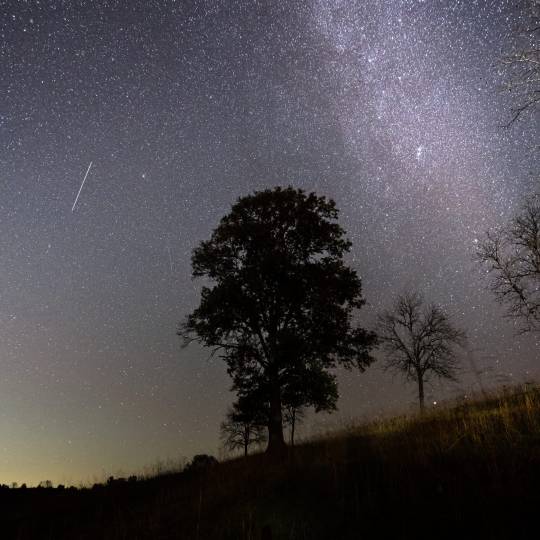
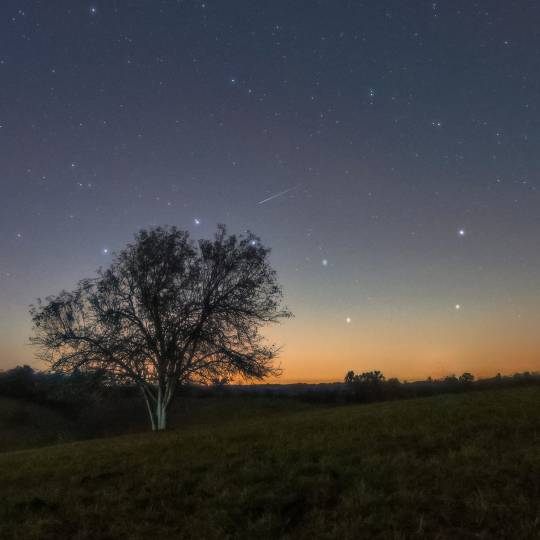

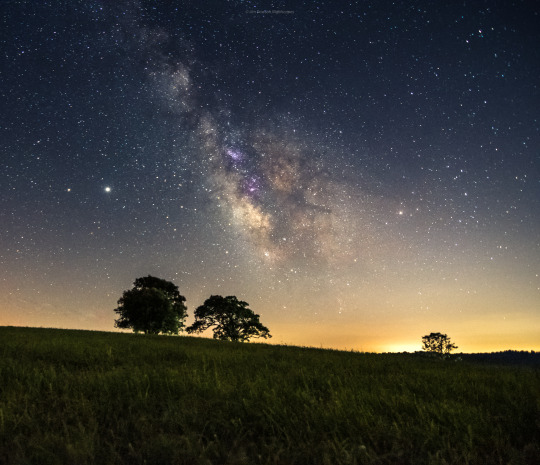
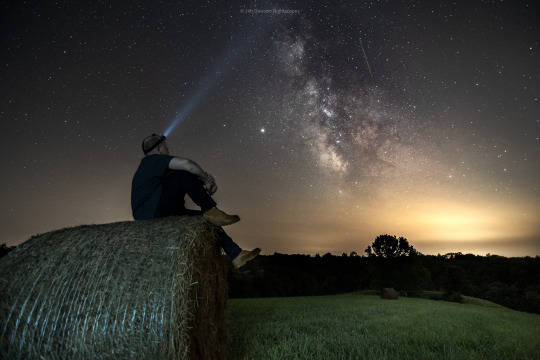


19 notes
·
View notes
Photo

Milkyway Salalah 🇴🇲 📸 @cshafimon • It was a great dark night at the boarder line of salalah oman 🇴🇲 known as al mughsial. From the mountain top, steep down to the beautiful hidden beach with rocky foregrounds great spot for night sky photography. ▪️ ▪️ exif 🎛️ : 📷 : @sonyalphain A7r iii 🔭 : @sigmaphoto 70-200 Sports 🕶️ : nil 🎞️ : 1000 ⏳ : 3 x 20sec 👁️🗨️ : f/2 🪜 : @benrousa Gotravel2 @ikarustechnolog @sky_watcher_official . ************************ ************************ @aabworld @sigma.aab @canon.aab @alphapro.aab ............................... @nikonasia @nikonindiaofficial @nikonasia @natgeo @natgeowild @bbcearth @natgeoindia @natgeoyourshot @natgeotravellerindia @varietymedia_ @photo_hub__ @discoverychannelin @official_photographers_hub @moodyframes_ @moodygram_kerala @scicenterkw @kfasinfo @kuwait_science_edu @astronomy_team @sky_watcher_official • • • ~ #skyatnightبالعربية
#عقد_من_الإلهام #milky_way #nightsky #الفضاء_الخارجي #الفضاء #مجرة_درب_التبانة #نجوم #المجرة #almughsil_beach_salalah #salalah #salalahbeach #mughsial #milkywaychasers #cshafimon #milkywayhunters #milkywayphotography #beautifuldestinations #milkywaygalaxy #oman🇴🇲 #nightsky #astrophotography #skyatnightبالعربية #SkyatNightبالعربية (at Salalah, Oman) https://www.instagram.com/p/CQyWN1Bs1RM/?utm_medium=tumblr
#skyatnightبالعربية#عقد_من_الإلهام#milky_way#nightsky#الفضاء_الخارجي#الفضاء#مجرة_درب_التبانة#نجوم#المجرة#almughsil_beach_salalah#salalah#salalahbeach#mughsial#milkywaychasers#cshafimon#milkywayhunters#milkywayphotography#beautifuldestinations#milkywaygalaxy#oman🇴🇲#astrophotography
7 notes
·
View notes
Link
The unexpected discovery has given rise to new theories about the mechanism by which phosphorus is formed without the outbursts of massive stars. The origin of life from “organic soup” is a complex process. This requires many different components assembled in one place and under the right conditions. Although the exact conditions are still a matter of debate, scientists have an idea of what elements of the periodic table are needed. One important component is phosphorus, which was recently discovered on the outskirts of the Milky Way. The presence of this element among others is considered necessary for the formation of basic biochemical molecules. Therefore, the presence of phosphorus determines the boundaries of habitable zones in galaxies. Phosphorus is typically produced by the death of massive stars, making its presence at the outskirts of a galaxy a rare occurrence. However, the recent discovery of phosphorus in this area suggests that other mechanisms for its formation may exist. [caption id="attachment_85298" align="aligncenter" width="780"] Milky Way galaxy[/caption] “Phosphorus is an element that requires a special, catastrophic event to form. According to popular belief, phosphorus is formed as a result of supernova explosions of stars with a mass of at least 20 solar masses. They are the source of strong energetic emissions and a series of nucleosynthesis reactions that form not only phosphorus, but also many other heavy elements,” says astronomer and chemist Lucy Ziouris, who works at Arizona State University and Steward Observatory. This is the generally accepted view, and the discovery of phosphorus far from massive stars or supernova remnants suggests that there are other ways this element can be formed. All the elements we see around us are formed in stars. After the formation of the first atoms of the Universe from the primordial plasma, the atoms were mainly composed of hydrogen and helium, and all other elements appeared after the birth of the first stars. Stars play an important role in the fusion and combination of atoms in their cores, resulting in the formation of heavier elements. On the outskirts of the Milky Way galaxy The formation of elements in a star depends on its mass. Stars are the size of our Sun and are smaller able to support reactions that create light elements such as lithium and beryllium when hydrogen and helium combine. More massive stars can produce heavier elements such as oxygen and nitrogen. However, phosphorus is not produced during such reactions inside the star. Supernova explosions, accompanied by the death of massive stars, are one of the known mechanisms for the origin of phosphorus. Flares eject elements into space, scattering astromaterials into the interstellar medium, where they can be absorbed by new generations of stars, as well as comets and planets. Massive stars can only form in regions where there is enough material to feed them. As you move away from the center of the galaxy, the density of matter decreases - the outskirts of galaxies are usually populated by massive stars. So the presence of phosphorus in a cloud called WB89-621, located about 74,000 light-years from the center of the Milky Way, poses a mystery to astrochemists. “The discovery of phosphorus at the edge of the galaxy raises questions and adds an additional piece to our puzzle. The presence of phosphorus in this area suggests that the process of its formation is more complex and is not limited only to supernova explosions,” explains chemist Liliya Koelemey, collaborating with Arizona State University. There are two main explanations for this phenomenon. One of them is associated with the “galactic fountain” model, which assumes the movement of elements from the inner regions of the galaxy to the outer through supernova explosions, ejecting matter from the galactic disk into the halo and its subsequent cooling and return. However, this explanation is questionable, since observational data on galactic fountains is not yet sufficient. Another explanation involves the possibility of phosphorus being formed in the region around the core of less massive stars by capturing neutrons. Here, silicon isotopes can capture additional neutrons to form phosphorus. The discovery of phosphorus on the outskirts of the Milky Way is an exciting and important study, valuable for understanding the formation of life in the Universe. This element is the last of the NCHOPS - nitrogen, carbon, hydrogen, oxygen, phosphorus and sulfur - essential building blocks for the emergence of life and which define the habitable zones of a galaxy. Previously, astronomers had not paid much attention to the outskirts of galaxies in search of exoplanets with biomarkers, because they believed that regions far from the center of galaxies did not have enough phosphorus. However, this discovery allows us to expand the scope of searches.
#astronomical_object#astronomy#astrophysics#celestial_body#cosmic_dust#cosmic_exploration#cosmic_structure#galactic_bulge#galactic_center#galactic_disk#galactic_halo#Galaxy#galaxy_classification#interstellar_medium#Milky_Way#Milky_Way_arms#Milky_Way_formation#Milky_Way_observation#Milky_Way_structure#solar_system#spiral_galaxy#stars
0 notes
Photo
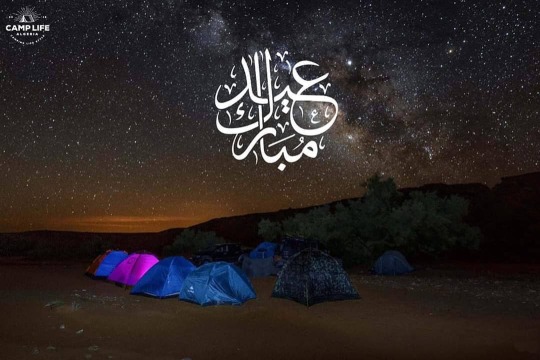
عيدكم مبارك وكل عام وانتم بخير، اعاده الله علينا وعليكم بالخير واليمن والبركات وتقبل الله منا ومنكم الصيام والقيام وصالح الأعمال...... #Eid #Algeria #Sablette #photography #milky_way https://www.instagram.com/p/COyzz_KhTny/?igshid=1jziz91x1lb6o
1 note
·
View note
Photo

The two glittering objects at the left of the photo are #Saturn and #Jupiter (from left to right). The length of #milky_way #galaxy is more than 100 thousand light years across, and the Orion Arm (where our #Sun is located in) can be observed from #Earth with naked eye. Taking this photo has taken almost two years at #varzan_waterfall north of #Iran . #gilan #nightwatch #persia #night #sky #naturalbeauty #peace #summer #استان_گیلان #آبشار_ورزان #ایران #آسمان #آسمان_شب #تابستان #کهکشان_راه_شیری (at Gilan Province) https://www.instagram.com/p/CDZWhwpAbs7/?igshid=1s3uo09n40jka
#saturn#jupiter#milky_way#galaxy#sun#earth#varzan_waterfall#iran#gilan#nightwatch#persia#night#sky#naturalbeauty#peace#summer#استان_گیلان#آبشار_ورزان#ایران#آسمان#آسمان_شب#تابستان#کهکشان_راه_شیری
1 note
·
View note
Photo
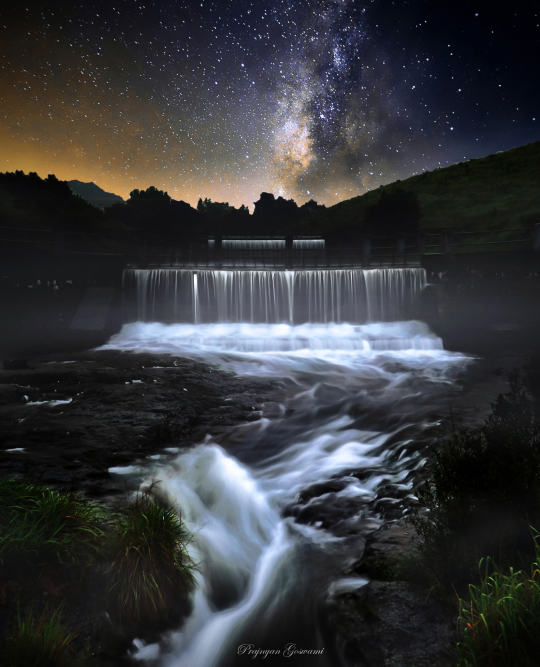
Enchanted lands by PrajnyanGoswami
4 notes
·
View notes
Photo
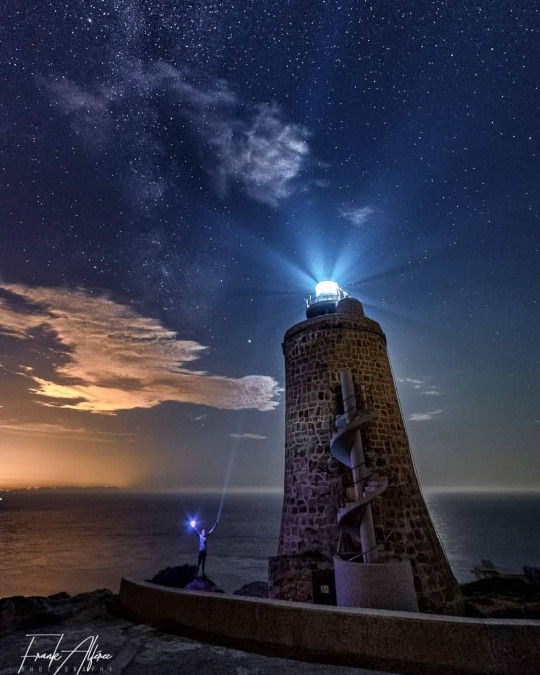
Serie: Faro de Camarinal 2 - La búsqueda #Al_aire_libre #Atlanterra #Cadiz #España #Nightshot #Paisaje #Spain #Verano #arquitectura #arquitecture #astrophotography #clouds #horizon_line #landscape #light #lighthouse #long_exposure #longexpoelite #milky_way #moon_light #night_landscape #night_photography #oceano_atlantico #pintar_con_luz #sea #sky #stars #tower #turism #vía_láctea @_joshua_cb @oskitarxx (en Faro De Camarinal) https://www.instagram.com/p/B35TCggIflQ/?igshid=1zqvezxhkzqf
#al_aire_libre#atlanterra#cadiz#españa#nightshot#paisaje#spain#verano#arquitectura#arquitecture#astrophotography#clouds#horizon_line#landscape#light#lighthouse#long_exposure#longexpoelite#milky_way#moon_light#night_landscape#night_photography#oceano_atlantico#pintar_con_luz#sea#sky#stars#tower#turism#vía_láctea
2 notes
·
View notes
